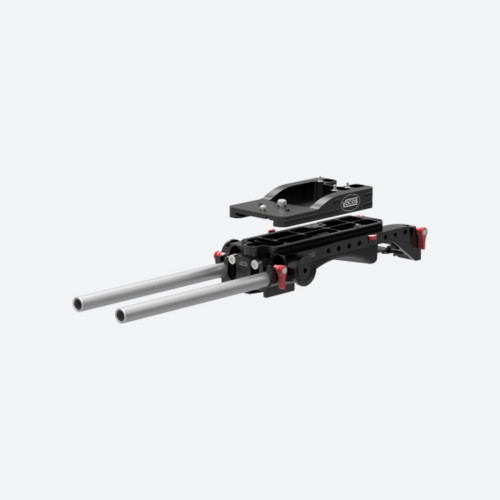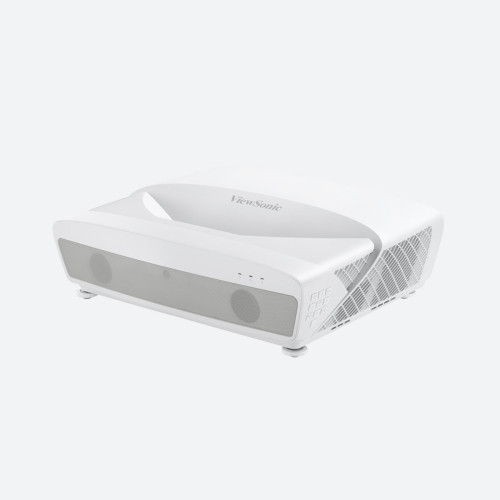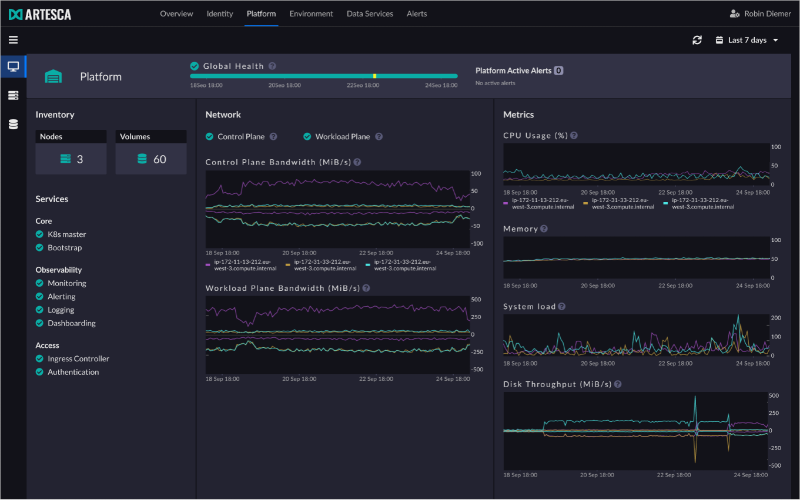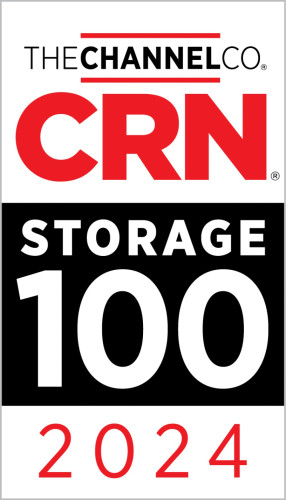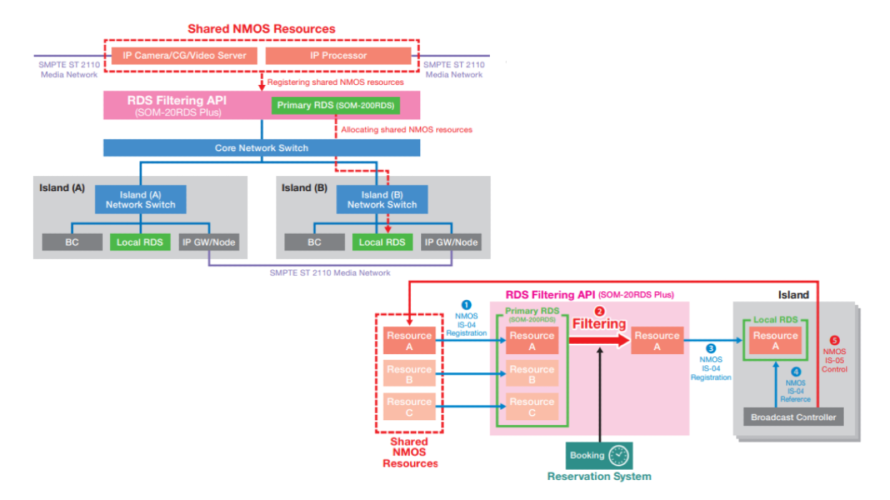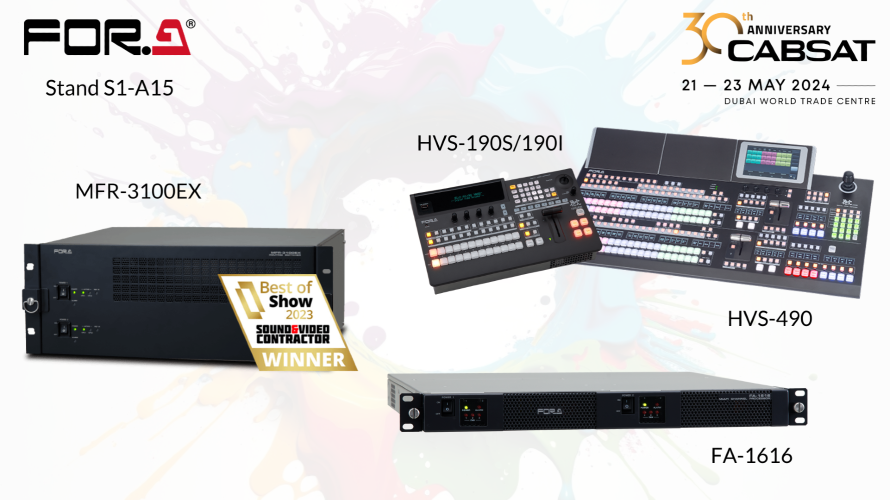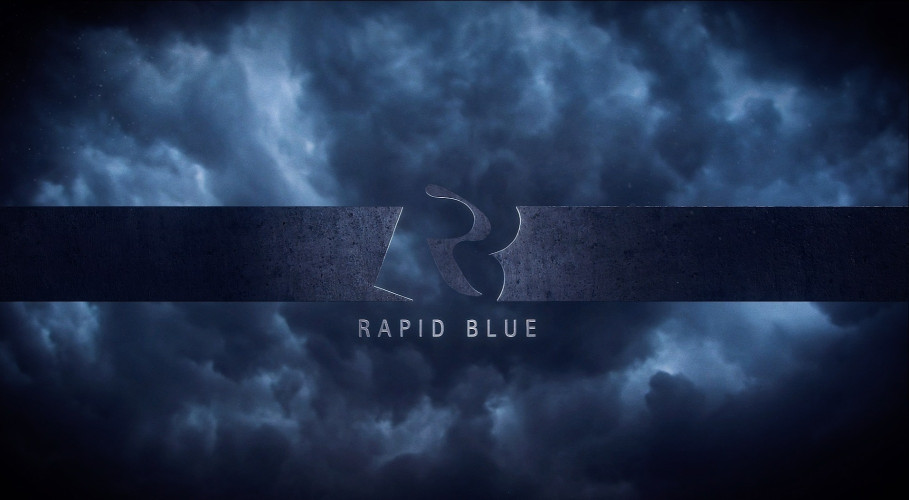Storage and archiving

Author: Bob Pank#
Published 1st October 2011
Anyone looking closely at a helical scan video tape mechanism, particularly the miniature variety, might be forgiven for wondering how such an elaborate technology ever came to be invented. The first experimental video tape recorders were essentially audio recorders running at very high speed to achieve the bandwidth needed for television signals. High recording speeds demanded massive tape reels until rotary head devices were adopted to scan across a relatively wide tape rather than along a narrow one. But all that is history unless you happen to work in a tape library. Today, the average video content producer buys a few flash-RAM memory cards for her camera and backs up the resultant files to a hard disk drive. Efficient, relatively safe and very cheap. But be sure to keep a backup, ideally at a different location from the primary copy.
With removable storage becoming an integral part of many devices, it perhaps makes sense to focus on the devices rather than get too involved in the finer points of memory technology. The technology actually in the market is not changing much except in terms of increasingly fast write/read speeds, higher capacity and greater affordability, though all of that is impressive enough. As has often been stated elsewhere, if motor cars evolved as quickly as computer devices, we would all be driving around at several thousand miles per hour .
The most innovative new recording device to emerge in recent weeks is a consumer product but one that is too neat to ignore. Sony’s DEV-5 ‘digital recording binoculars’ are designed to capture 2D or 3D AVCHD video files to a removable memory card. It has 20x optical magnification and an image-stabilised CMOS sensor. If my binocular skills are any guide, it will also need a tripod.
JVC will demonstrate at IBC2011 a prototype 4K camcorder that is claimed to use the world's first large-scale-integration chip for high-speed processing of high definition video. Also on the show will be the company’s first professional 3D camcorder, the GY-HMZ1. This is an integrated 3D twin lens design enabling simultaneous recording of left and right images in full 1920 x 1080 resolution. For 2D applications, JVC's ProHD tapeless camcorder range includes the shoulder-mount GY-
Also to be exhibited is the GY-HM790 camcorder which has three 1/3-inch CCDs and produces 19201080 images. It can record in 1080i, 720p or 625-line standard definition. The camcorder records at 35 Mbit/s (HQ mode/variable bit rate) or 19 Mbits/25 Mbit/s (standard definition constant bit rate).
Sony has reported strong growth in demand for its XDCAM production format with a total of 180,000 Sony XDCAM and XDCAM-EX products sold worldwide up to NAB 2011. Major broadcasters using XDCAM include RTE in Ireland, TVE in Spain, RTL-TVI in Belgium, RTV Slovenia, TRT Turkey and NRK in Norway. The PMW-500 is Sony Professional’s first XDCAM HD422 camcorder with solid state recording. Capturing onto solid state SxS memory card, it supports full-HD 422 50-Mbps MXF record and playback based on MPEG-2 Long GOP compression. It can also be switched to record in HD 420 35 Mbit/s MP4 format for operation alongside XDCAM EX models.
Sony's HXR-NX3D1 is a lightweight all-in-one 3D camcorder with a multi-card card slot which allows direct capture or file transfer to Memory Sticks and SD cards. It has a 10x (34.4 to 344 mm) optical zoom lenses, dual 1/4 inch 1920 x 1080 pixel CMOS sensors and 96 gigabyte internal memory.
Panasonic has long pioneered solid-state recording in the shape of its P2 media. The AG-3DP1 is a twin-lens P2 HD shoulder-mount camcorder with dual 1920 x 1080 1/3 type MOS imagers and adjustable convergence. It records in AVC-Intra 100/50 file format and is 50 Hz/60 Hz switchable. In 720p mode, an operator can choose from 20 variable frame steps between 12 and 60 frames per second. The 3DP1 is equipped with dual optical 17x zoom lenses and can store up to 80 minutes of video on dual 64 gigabyte P2 cards in AVC-Intra 100 1080/24pN. Genlock and timecode inputs are provided for multi-camera operation.
A co-operative development with NAC Image Technology, Ikegami's HiMotion2 Super Slow-Mo HD camera has a three-CMOS sensor head and built-in memory, delivering greater than 10x speed for super-slow-motion playback of HD sports action. A dual format 1080i/720p camera, it includes parallel live and replay feeds for use as both a traditional portable/field HD camera or as a super-slow-mo camera.
For-A's LTR-100HS, introduced at NAB in April, is a video archiving recorder capturing to 1.5 terabyte LTO-5 (Linear Tape Open) cartridges. An integral MPEG-2 codec with HD-SDI input/output and MXF wrapper/unwrapper allows MXF files on LTO-5 tape to be shared across a postproduction network.
The Thunderbolt high-speed interface recently added to Apple desktop and laptop computers is being supported by an increasing number of data storage equipment manufacturers. An example is Sonnet Technology’s new Fusion D800TBR5 8-drive RAID 5 desktop storage system. This supports RAID 0, 1, 5 and JBOD. It is available in 8, 12, 16, or 24 terabyte versions and can handle one stream of uncompressed 10-bit 1080 4:4:4 HD or multiple streams of ProRes 422, uncompressed 8-bit 1080 HD, DV, HDV, and DVCPRO video.
Distributed in the UK by Preco, the Yellowtec iXm is a solid-state audio recorder with integrated microphone, designed for use by broadcast reporters. Recording is in selectable WAV, BWF or MP2 file format to a removable SD memory card of up to 16 gigabytes capacity. Conveniently positioned record and stop buttons allow easy single-finger operation. The microphone capsules (made by Beyerdynamic) can be interchanged to obtain omnidirectional, cardioid or supercardioid pick-up patterns. A slow-acting gain-levelling algorithm combined with a look-ahead peak limiter and dual 20-bit analog to digital converters enable the reporter to concentrate fully on the interview.
I have ignored cloud devices because online storage is a third-party service rather than a product, and it certainly isn't new. But if cloud storage has an increasing role to play in the future of video production, archiving and broadcasting in an increasingly connected world. Main and backup archives are not exactly secure when both are at the same site.






